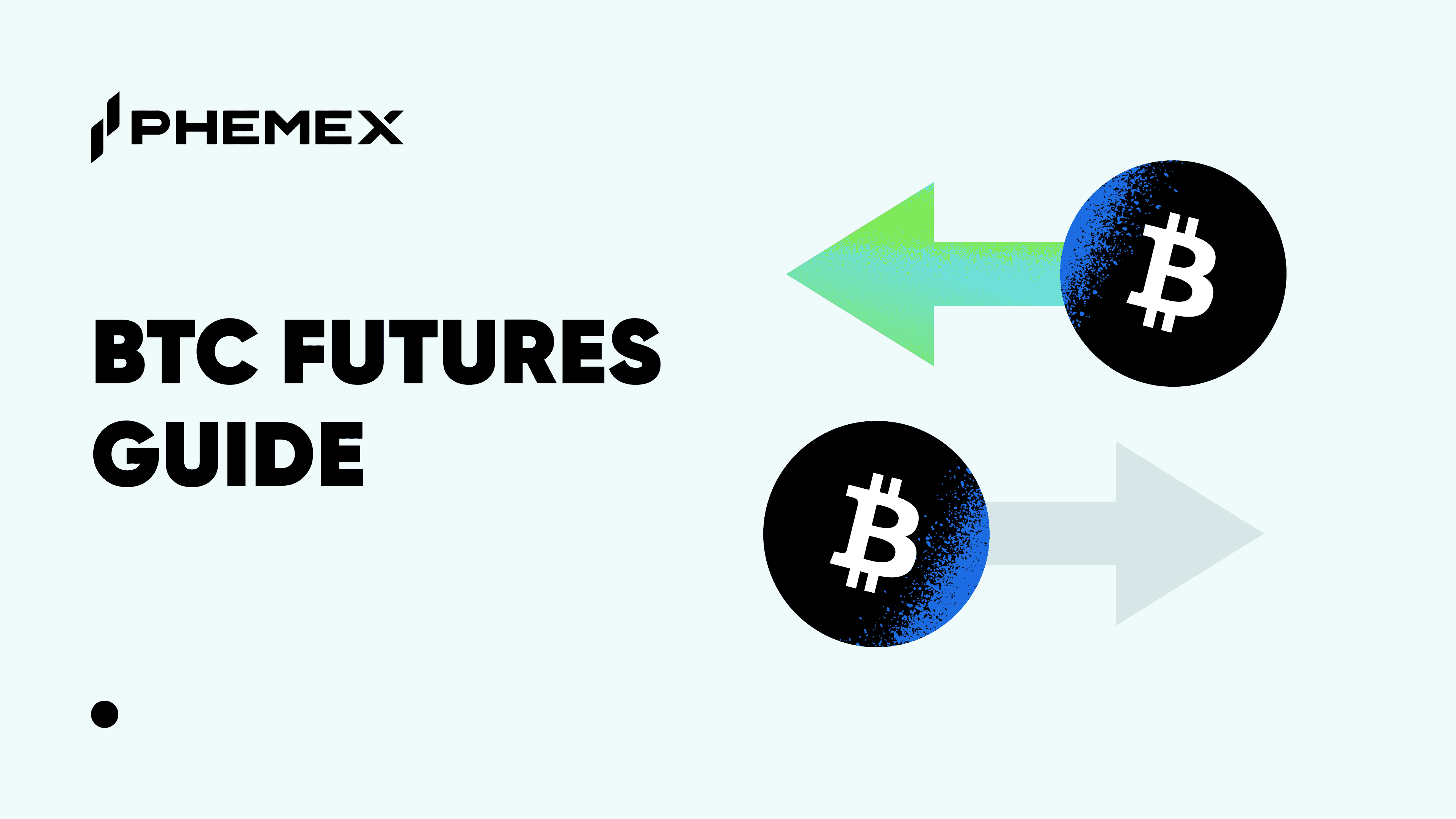Summary:
- Tick size refers to the minimum amount by which the price of a stock or crypto can change.
- It is important to note tick size because it affects the price at which you can buy or sell a crypto and the fees you will pay for each trade.
- You can use tick size to your advantage by choosing a tick size that is appropriate for your trading strategy.

What is Tick Size?
In traditional finance, tick size is the minimum amount by which the price of a stock can change. It is the smallest increment by which the price of a security can move.
For example, a tick size of $0.01 means that the price of a security can only go up or down by $0.01 at a time.
As defined by the Securities and Exchange Commission, the minimum tick size for stocks over $1.00 is $0.01 while stocks under $1.00 can be quoted in increments of $0.0001.
Some securities, such as options, have a smaller tick size than others. For example, options may have a tick size of $0.05. This means that the price of an option can only move in increments of $0.05. The tick size for options is set by the Options Clearing Corporation (OCC).
In crypto trading, tick sizes can go much smaller because the crypto market is a lot more volatile than stock markets.
Pips vs Bps: What is the Difference?
Pips and bps are two different ways of expressing tick size. Pips is short for “percentage in point” whereas bps is short for “basis points” and is also a way of expressing tick size.
Pips are often used when quoting prices in the forex market, while bps are often used when quoting prices in the bond market, or for changes in things like interest rates.
One pip is equal to 0.0001 of a currency pair. For example, if the EUR/USD currency pair moves from 1.2500 to 1.2501, that is a move of one pip.
One bps is equal to 0.01%. For example, if the yield on a 10-year U.S. Treasury note moves from 2.50% to 2.51%, that is a move of one bps.
What is Tick Point?
The tick point is the price at which a tick occurs. In other words, it’s the price at which the tick size is applied.
For example, let’s say you’re trading BTC/USDT with a tick size of $0.001. If the current price of BTC is $10,000 and you want to buy 1 BTC, you would need to place an order at $10,000.01.
If the tick point is $0.01, and you want to sell 1 BTC when the price is $9,999, you would need to place an order at $9,999.99. This can have a significant impact on your trading strategy, so it’s important to factor it in when placing orders.
How to Use Tick Size in Crypto Trading
In crypto trading, tick size tells you a lot about the market. When the tick is small, it means that there will be narrower bid-ask spreads, which is good for you as a trader as it leads to better price efficiency.
For example, a crypto with a tick size of $0.0001 enables you to place a buy order for a crypto at $0.3550, when it is currently trading at $0.3549.
However, a crypto with a tick size of $0.01 will only enable you to place a buy order for a crypto at $0.36, when it is currently trading at $0.35.
The tick size can also affect your trading strategy. If you’re looking to buy or sell a crypto quickly, you may want to choose a tick size that is smaller. This is because it will allow you to place your order at a price that is closer to the current market price.
On the flip side, if the tick is large, it means that the bid-ask spreads will be wider, which lowers price efficiency, and could also result in you taking position sizes that are too big.
What is the Size/Tick?
The size/tick is the number of contracts that are traded per tick. In other words, it’s the number of contracts that are traded at a particular tick point.
What is a Good Tick Size?
There is no one “good” tick size. The best tick size depends on the security being traded, the trading strategy being used, and the preferences of the trader.
Some traders may prefer a small tick size so they can get in and out of trades quickly. Other traders may prefer a larger tick size so they can take on more risk.
Some exchanges may have different tick sizes for different cryptos.
For example, one exchange may have a $0.01 tick size for crypto priced below $5, a $0.02 tick size for crypto priced between $5 and $20, and a $0.05 tick size for crypto priced above $20.
The tick size can also be different for different types of orders. For example, it may be a $0.01 tick size for market orders, but a $0.005 tick size for limit orders.

Why is Tick Size Important?
Tick size is important because it determines the minimum amount by which the price of a crypto can change. This is important for several reasons:
1) Crypto price: The tick size determines the minimum price change that is possible when trading a crypto. This means that the tick size affects how much you can buy or sell a crypto for.
If the tick size is too large, it can make buying and selling cryptocurrencies difficult and expensive. Conversely, if the tick size is too small, it can lead to market volatility and increased price fluctuations.
2) Trading volume
The tick size affects the trading volume because it determines the minimum amount of volume that is required for a trade. This means that if the tick size is too large, the trade volume may be too low to execute the trade. This can lead to a lack of liquidity in the market and make it difficult to trade cryptocurrencies.
3) Trade fees
The tick size affects the fees you will pay for each trade. If the tick size is too large, you may not be able to execute the trade at your desired price and you may have to pay a higher fee. This is because the trading fee is calculated as a percentage of your trading volume; if the tick size is too large, you are likely to pay more in fees for each trade, which can eat into your profits.
4) Hedging
The tick size also affects hedging. Hedging is when you take a position in one crypto to offset the risk of another crypto. It is a risk management tool that can be used to protect your portfolio from losses.
For example, if you own Bitcoin and you want to hedge against the risk of a potential price decline, you could buy Ethereum. If the tick size is too large, it may be difficult to execute this trade, and you may have to pay a higher fee.

Minimum Tick Size vs Minimum Value
The minimum tick size is the smallest change in price movement for a given crypto or stock, as explained above. For most cryptos traded on crypto exchanges, the minimum tick size is set by the exchange.
The minimum value of a crypto, on the other hand, refers to the smallest amount of a crypto you can buy or sell each time.
Conclusion
Tick size is an important consideration when trading cryptocurrencies. Not only does it affect the price at which you can buy or sell a crypto, it also affects the fees you will pay for each trade.
When choosing a tick size, you should consider your trading strategy and the current market conditions. Also, be sure to check the tick size on the exchange you’re using before placing an order.
Read More
- How To Trade Crypto: The Ultimate Investing Guide
- Understanding Position Sizing in Crypto Trading
- Crypto Price Action Trading Strategy
- The TTM Squeeze Indicator: What Is It and How to Use It?
- Crypto Trading vs. Investing: Key Differences Explained
- What are Crypto Options & How do They Work?
- Day Trading Crypto for Beginners: Get started with Day Trading
- What is High-Frequency Trading and How does HFT work?









